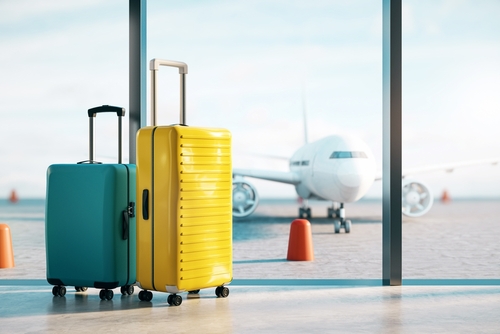
Hawaii’s tourism cash grab to fund climate initiatives will hit visitors with a hefty 11% tax on hotels, vacation rentals, and even cruise ships as Democrat leadership funnels an estimated $100 million annually from tourists’ pockets to pet environmental projects.
Key Takeaways
- Hawaii has implemented a “Green Fee” that increases the transient accommodations tax by 0.75% to a total of 11% on lodging, effective January 1, 2026.
- For the first time, cruise ships will be subject to an 11% tax on bills beginning July 2026, prorated for days spent in Hawaiian ports.
- The initiative is expected to generate $100 million annually for environmental projects and climate change initiatives.
- The tax was partly a response to the 2023 Maui wildfires, which Democrat leaders are using to justify new taxation.
- Critics view this as another example of government overreach, taxing visitors rather than addressing fundamental issues with fiscal responsibility.
Another Tax Disguised as Environmental Protection
Democrat Governor Josh Green has signed legislation implementing what’s being called a “Green Fee,” adding a 0.75% increase to Hawaii’s already substantial transient accommodations tax. This brings the total tax on nightly lodging rates to 11% when it takes effect on January 1, 2026. The tax applies not only to hotels and short-term vacation rentals but also extends to cruise ships for the first time, with an additional 11% tax on cruise bills beginning in July 2026. This represents yet another government attempt to extract more money from visitors under the guise of environmental stewardship.
The state’s Democrat leadership claims this new tax will generate approximately $100 million annually for projects related to environmental stewardship, climate resilience, and sustainable tourism. What they conveniently omit is how these funds might be diverted to other programs or how effectively they’ll be managed. With Hawaii’s history of government inefficiency and wasteful spending, taxpayers have every right to be skeptical about whether these funds will actually address environmental concerns or simply disappear into bureaucratic black holes.
Using Disasters to Justify New Taxes
Governor Green and his allies are using the 2023 Maui wildfires as justification for this new tax, claiming the funds will go toward climate change mitigation and disaster relief funding. This follows a familiar playbook of never letting a crisis go to waste. Rather than examining how government policies may have contributed to the devastation of addressing existing mismanagement of resources, the solution is predictably to create a new tax that burdens visitors and the tourism industry that drives Hawaii’s economy.
“We need these dollars to help replenish our beaches, build firebreaks and more. The mitigation efforts it will fund will have a stabilizing effect on the insurance market after the Maui wildfires, and it will generate $100 million for us every year,” said Josh Green, Hawaii Governor.
The legislation also established a Climate Advisory Team (CAT) to develop policy recommendations, adding another layer of bureaucracy. This team’s formation raises questions about whether genuine environmental protection is the goal or if this is simply another opportunity to expand government control while claiming to address climate concerns. The pattern of creating new committees, boards, and advisory groups that produce few tangible results but consume significant taxpayer resources is all too familiar.
Hawaii isn’t expensive enough, let’s make it less affordable. https://t.co/PdJdyqkrmE
— Joanne_Lopez_Dow🇺🇸 (@dow_lopez) May 28, 2025
Economic Impact on Tourism
Hawaii’s tourism sector is vital to both the state and national economy, contributing billions to the GDP. By increasing the cost of visiting through additional taxation, Hawaii risks driving away tourists to more affordable destinations. While proponents argue that the tax ensures visitors contribute to protecting Hawaii’s resources, they fail to acknowledge the potential economic downturn if tourism numbers decrease. The tourism industry already faces challenges from rising travel costs, and adding another tax may be the tipping point for many potential visitors.
“The implementation of this Green Fee ensures that visitors who come to Hawai’i are making an investment in Hawai’i’s future and become our partners in regenerative tourism,” said Josh Green.
What Governor Green describes as an “investment” is, in reality, a forced contribution with no guarantee of returns for those paying it. Tourists don’t get voting rights or input on how their money is spent, yet they’re expected to foot the bill for Hawaii’s climate initiatives. This is typical of the leftist approach to governance – taking more money from those who have no say in how it’s used while claiming it’s for the greater good. The lack of accountability and transparency in how these funds will be allocated should concern anyone who values responsible governance.






